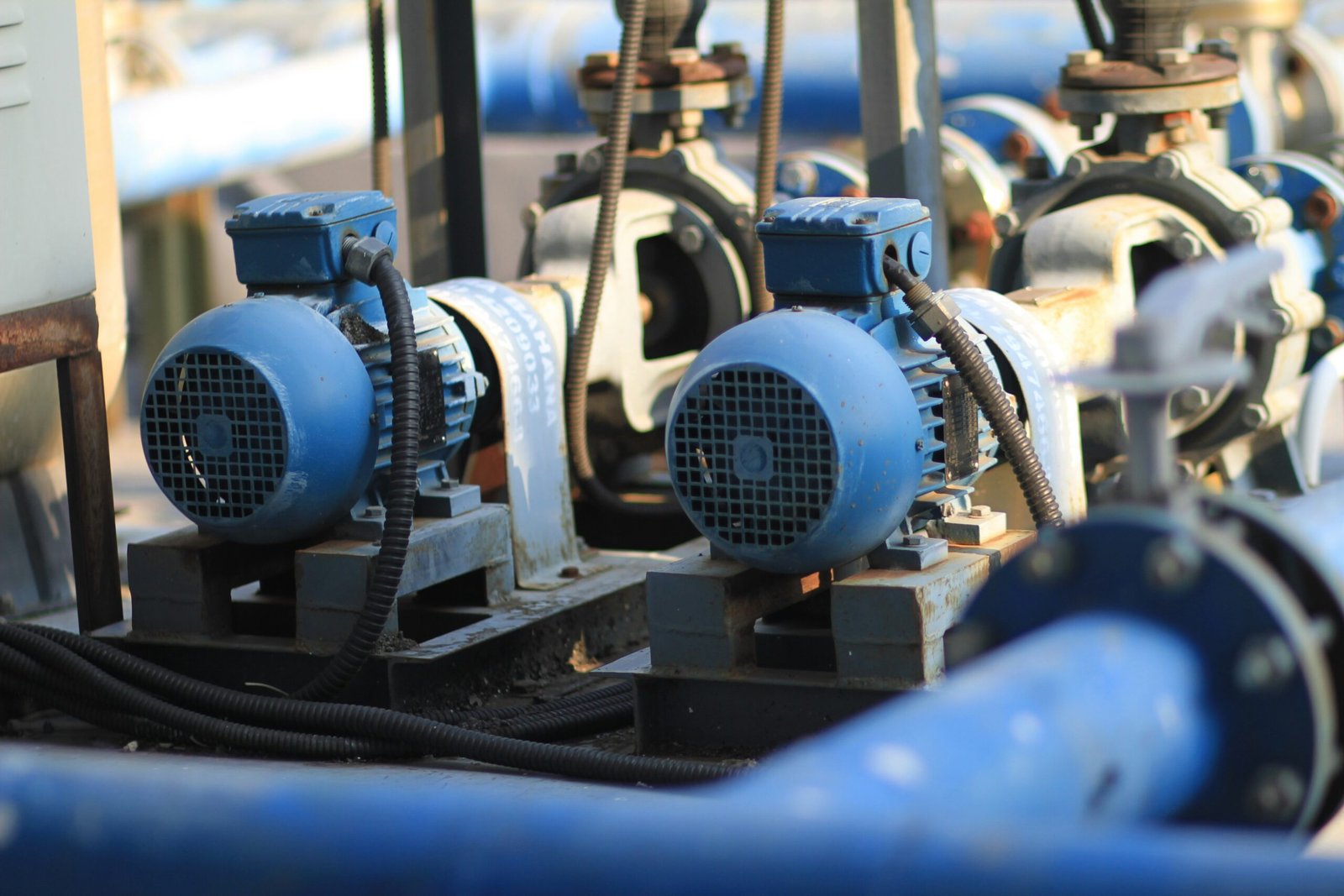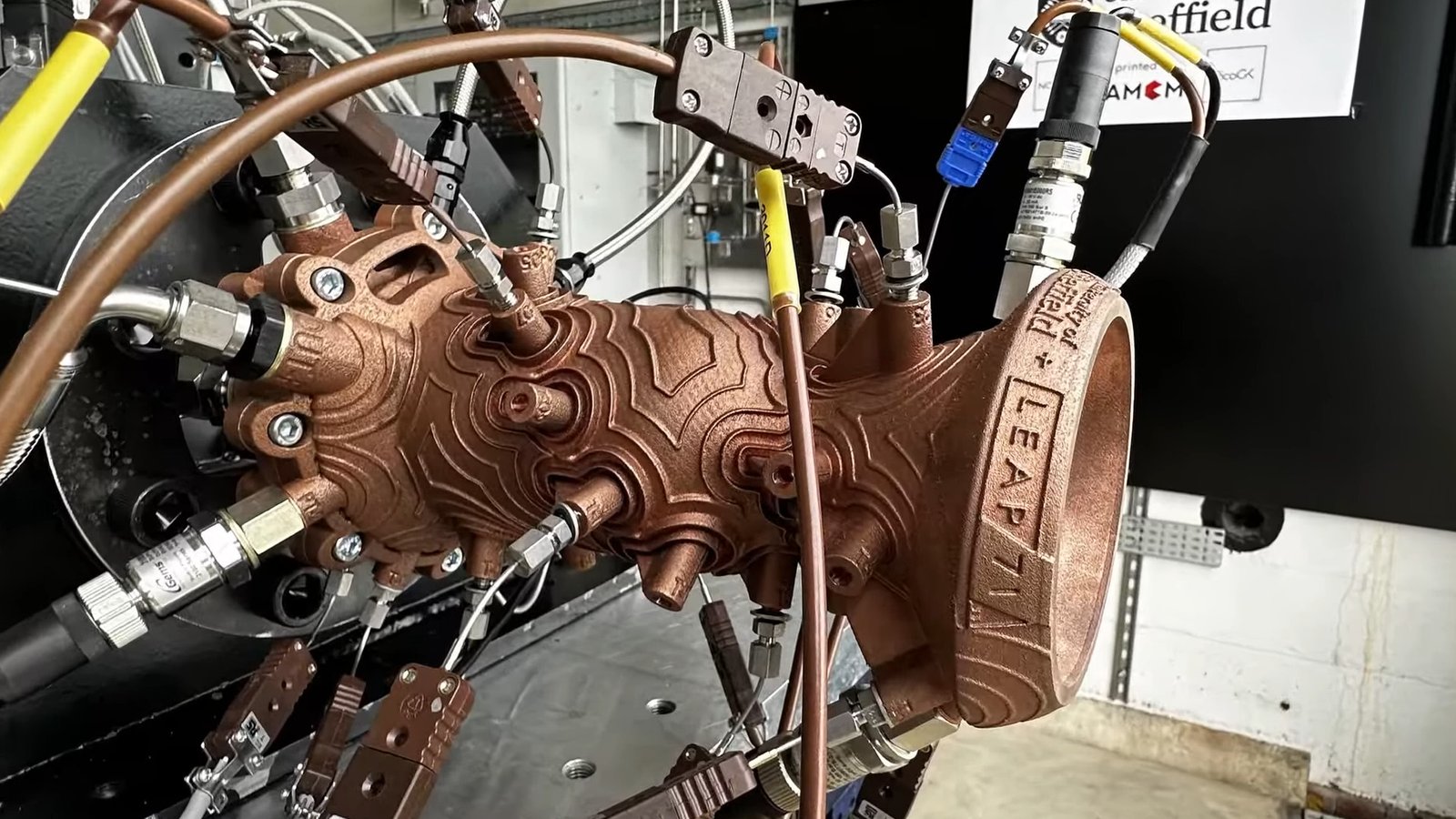Introduction to Global Pumps
Pumps are essential mechanical devices that facilitate the movement of liquids, slurries, and gases by converting mechanical energy into hydraulic energy. Their critical role spans a multitude of industries, including water management, oil and gas, agriculture, and manufacturing. The global pumps market, characterized by its extensive variety and applications, presents substantial insights into trends that are crucial for industry stakeholders.
The significance of pump systems lies not only in their operational efficiencies but also in their ability to enhance productivity across various sectors. For instance, in the agricultural sector, pumps are instrumental in irrigation systems, ensuring efficient water distribution to crops. In manufacturing, pumps are pivotal for the transportation of fluids during production processes, thereby directly influencing operational productivity. Similarly, in the oil and gas industry, pumps are utilized for the extraction and transportation of crude oil and natural gas, vital for energy supply worldwide.
Within the global pumps market, there are several predominant types of pumps utilized based on specific application requirements. Among these, centrifugal pumps are widely recognized for their capability to move fluids at high flow rates, making them a preferred choice in water and wastewater applications. Positive displacement pumps, on the other hand, are known for their ability to provide consistent flow rates, which makes them suitable for applications involving viscous fluids. Submersible pumps, designed to operate underwater, are particularly important in aquaculture and flood control settings.
This survey aims to delve into the motivations behind the research and to highlight the importance of understanding market dynamics. Analyzing current trends, challenges, and opportunities in the global pumps sector will provide valuable insights that can help different industries optimize their pumping systems and improve overall efficiency.
Survey Methodology
The methodology employed in the global pumps survey was meticulously designed to ensure the accuracy and reliability of the gathered data. A combination of quantitative and qualitative approaches facilitated a comprehensive understanding of the industry landscapes and emerging trends. The selection criteria for participants were intentionally broad, encompassing a diverse range of stakeholders, including manufacturers, suppliers, and end-users from various sectors utilizing pumping solutions. This diverse representation ensures a holistic perspective on industry dynamics.
Data was collected through a mix of online questionnaires and structured interviews. The online questionnaires were distributed via targeted emails to identified professionals within the industry, while interviews were conducted with select participants to gain deep insights into their experiences and opinions. This dual method facilitated both breadth and depth in data collection, allowing for a richer dataset that reflects the nuances of the global pumps market.
The geographical coverage of the survey was extensive, reaching participants from North America, Europe, Asia-Pacific, Latin America, and the Middle East. This global scope is crucial for capturing regional variations in the pumps sector, which can significantly impact overall trends. The reliability of the survey results was reinforced through pre-testing of the questionnaires, ensuring that questions were clear and relevant, thereby minimizing response bias.
Analytical methods employed to interpret the data included statistical analysis and thematic coding for qualitative responses. These techniques allowed for the identification of significant trends, correlations, and insights that contribute to the understanding of market behaviors and preferences. The rigor and meticulousness of this methodology underpin the credibility of the findings presented in this blog post, establishing a sound basis for the subsequent analysis of trends in the global pumps industry.
Key Findings and Trends
The global pumps industry has witnessed significant evolution, as highlighted in the recent survey which captures a detailed analysis of current market trends and growth projections. The data reveals that the demand for pumps is experiencing robust growth across various sectors, driven primarily by technological advancements. Innovations such as smart pump systems and IoT integration are reshaping operational efficiencies, thus augmenting market demand substantially. These developments not only enhance performance but also pave the way for predictive maintenance, further attracting investments in pump technologies.
Regional variations in pump usage are also notable. North America leads in the adoption of high-efficiency pumps, particularly in industrial applications, while Asia-Pacific demonstrates a rapidly increasing demand due to urbanization and infrastructure expansion. Countries like India and China are investing heavily in water resource management, contributing to heightened pump consumption. That said, the Middle East is focusing on desalination processes, which requires advanced pumping solutions, reflecting a regional specificity in pump application.
However, this industry is not without its challenges. Supply chain issues, exacerbated by global disruptions, have severely impacted the timely delivery and availability of critical components. Moreover, the competition in the market is intensifying, with numerous players striving to innovate and retain market share in an ever-evolving landscape. Environmental regulations are exerting additional pressure on manufacturers to produce eco-friendly pumps, a factor that could either propel technological advancements or complicate compliance efforts.
In conclusion, the global pumps survey underscores a dynamic industry characterized by rapid growth influenced by technological trends, strategic investments in various regions, and ongoing challenges that need to be addressed in order to sustain momentum in this vital sector.
Future Outlook and Recommendations
The global pumps market is poised for significant evolution in the coming years, driven by various factors including technological advancements, regulatory shifts, and changing consumer demands. Based on the survey findings, stakeholders can anticipate notable trends such as an increasing emphasis on energy efficiency and sustainability. As climate change continues to exert pressure on industries, investments in environmentally friendly pump technologies will become critical. Stakeholders should explore innovations in design, materials, and manufacturing processes that contribute to energy conservation and minimize environmental impact.
Emerging technologies, notably the integration of Internet of Things (IoT) capabilities, are set to revolutionize the pump industry. The incorporation of smart sensors and automation in pump systems will enhance operational efficiency, enabling real-time monitoring and predictive maintenance. This technological shift provides an opportunity for manufacturers to differentiate themselves through the development of smart pump solutions, ultimately providing cost savings and improved performance for their clients.
Industry stakeholders are also encouraged to invest in research and development to explore advanced materials that can withstand harsh operational environments. This focus will not only improve the durability of pumps but also align with the broader trend towards sustainability. Additionally, establishing collaborative partnerships with technology firms can help in harnessing innovations that would otherwise be beyond the reach of traditional pump manufacturers.
Furthermore, policymakers play an essential role in shaping the future of the pumps market. Stricter regulations aimed at promoting energy efficiency and reducing emissions will create a shift in demand towards high-performance pumps. It is advisable for stakeholders to continuously monitor regulatory changes and align their business strategies accordingly to leverage opportunities that arise from such legislative shifts.
In conclusion, as the global pumps market evolves, the key to success will involve adapting to emerging technologies, exploring sustainable practices, and fostering cooperation among industry players. By positioning themselves proactively, stakeholders can effectively navigate market dynamics and capitalize on growth opportunities in the years ahead.









